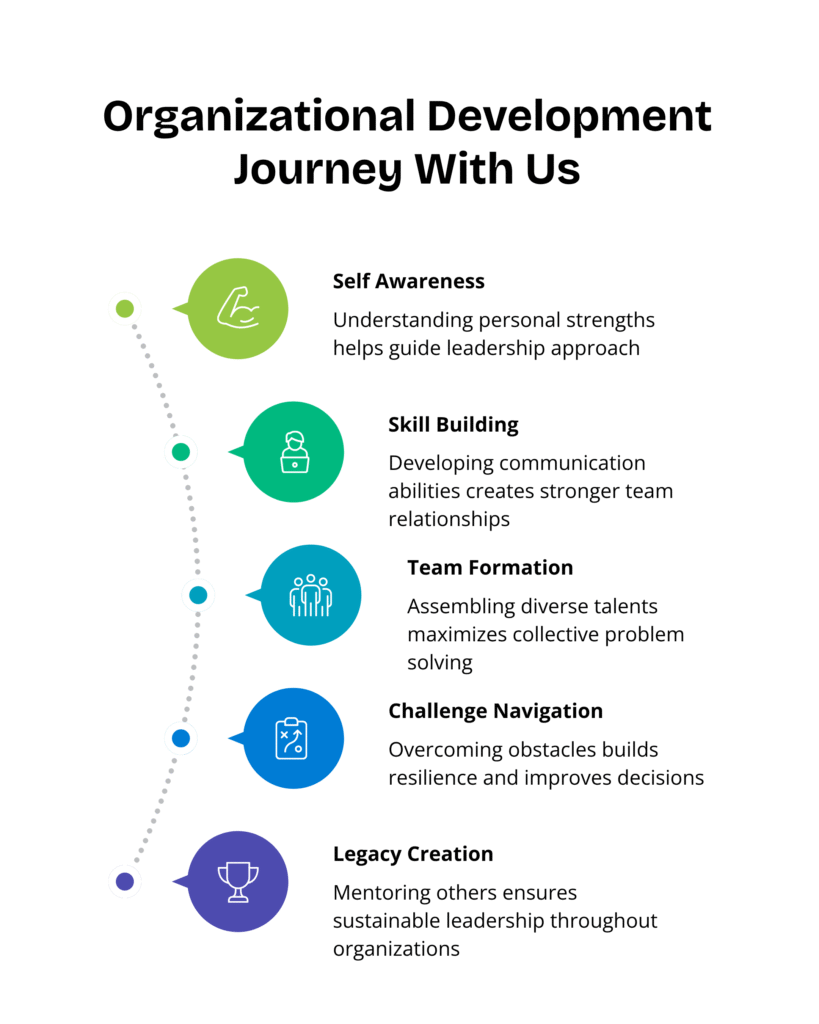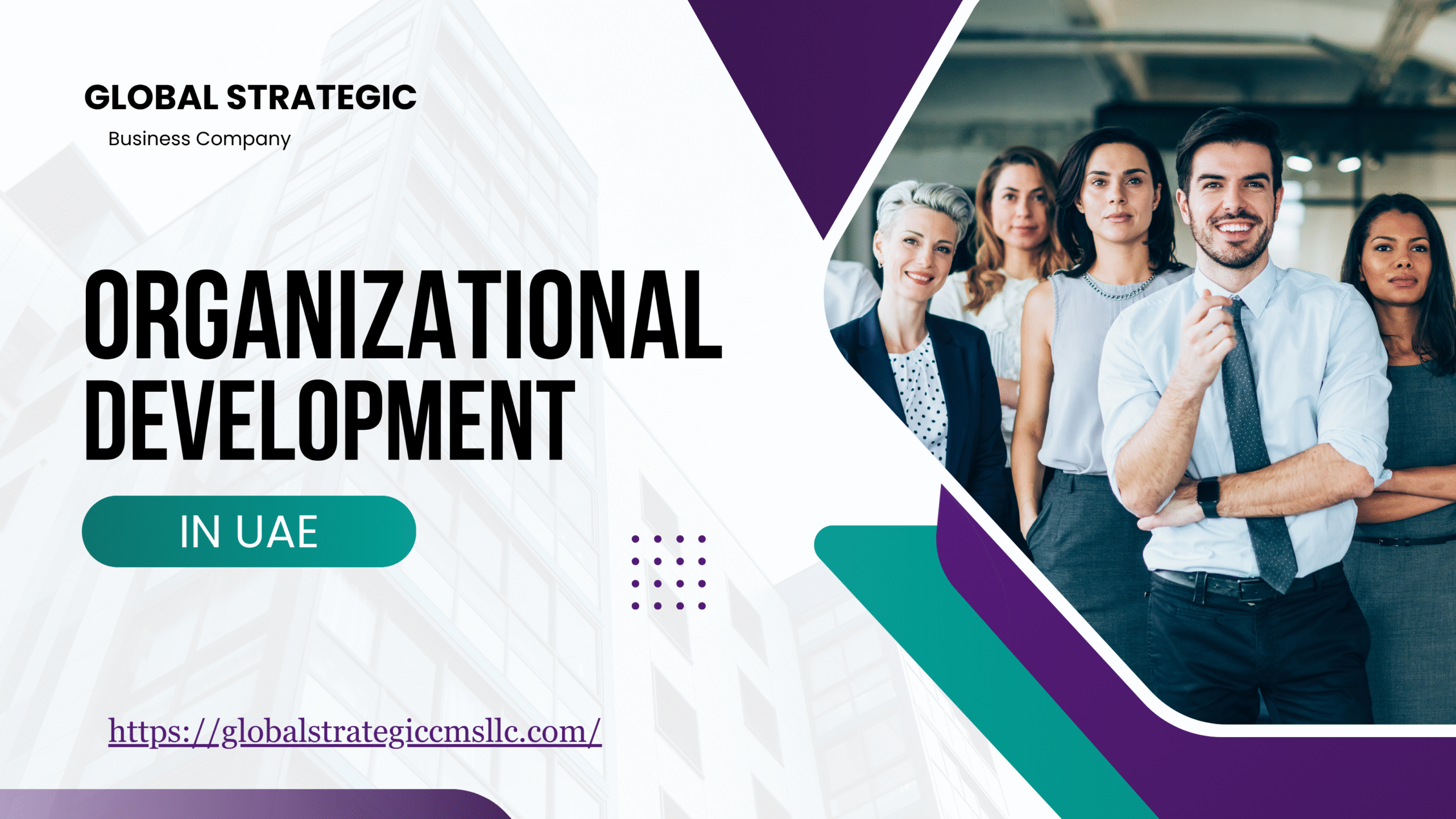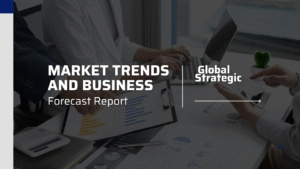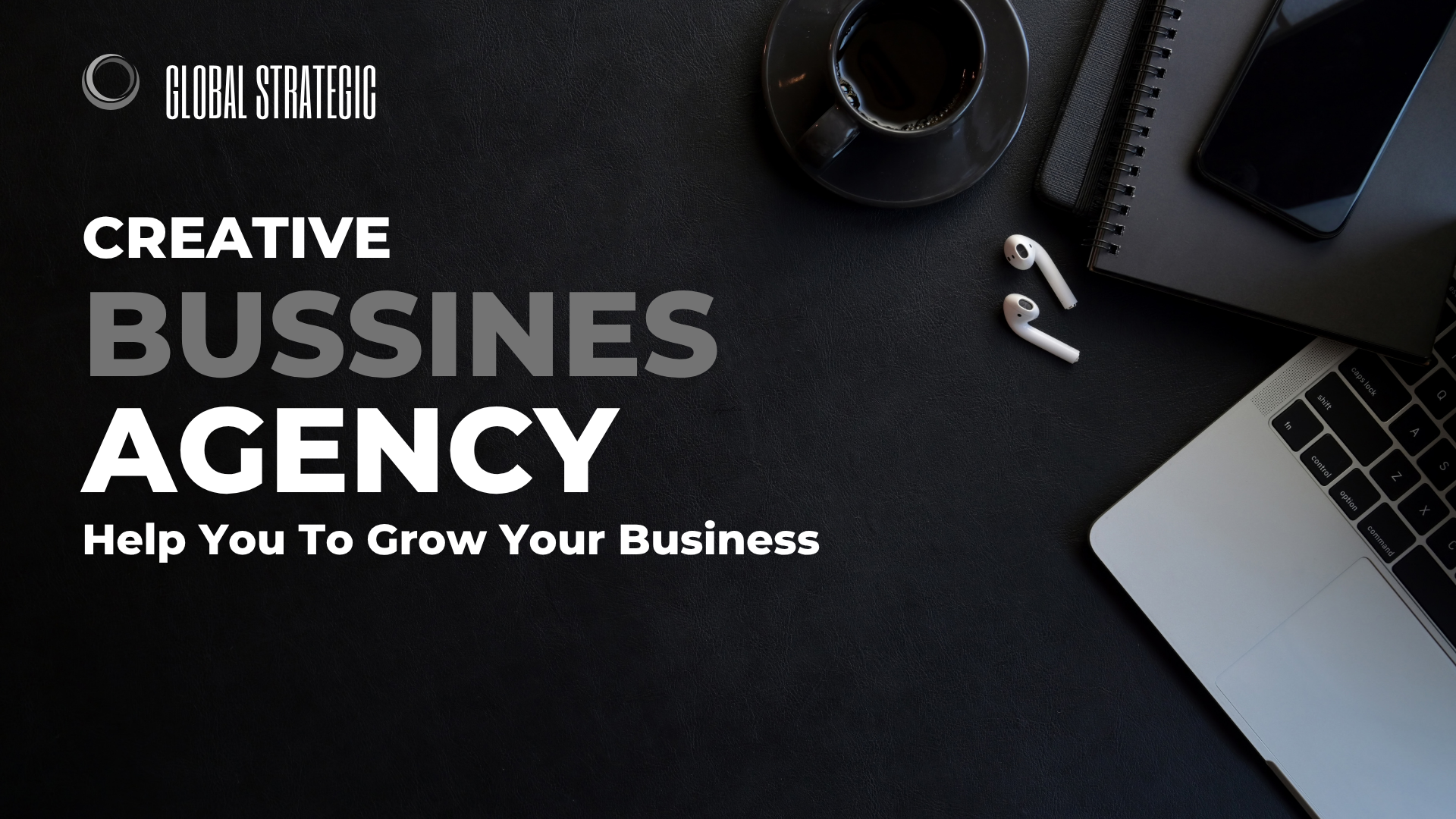Organizational Development UAE: 2025 Strategies for Powerful Business Growth
Organizational Development UAE: Strategies, Benefits, and Best Practices for Sustainable Growth
Organizational development UAE plays a pivotal role in transforming businesses across the Gulf region. In this comprehensive guide, you will discover how organizational development UAE initiatives can enhance performance, culture, leadership, and innovation. Learn proven frameworks, case studies, and expert insights about organizational development UAE that drive sustainable results.
Introduction
Organizational development UAE is an essential strategic function for companies seeking long-term success in the uniquely dynamic and competitive business environment of the United Arab Emirates. Organizational development UAE encompasses planned change efforts aimed at improving an organization’s effectiveness, culture, processes, and capacity to adapt. By embracing organizational development UAE, companies can better align their operations, leadership, and workforce to strategic goals, thereby ensuring resilience, agility, and growth.

In this article, we delve deep into organizational development UAE—its definition, importance, methods, challenges, and best practices. We explore case studies, frameworks, and recommendations tailored for UAE-based organizations. Whether you are an executive, HR leader, consultant, or change agent, this guide will be your comprehensive resource for mastering organizational development UAE.
Throughout this piece, we repeatedly emphasize organizational development UAE—so you gain not only theoretical grounding, but also actionable insights into how to apply it successfully in the UAE context.
What Is Organizational Development UAE?
Definition and Scope
Organizational development UAE refers to the set of systematic, data-driven, and long-term efforts to enhance an organization’s performance, processes, culture, and change management capabilities within the UAE. It involves applying behavioral science, change management techniques, human resource practices, leadership development, and process improvement to foster growth and adaptability.
Key components include:
-
Culture change and alignment
-
Leadership development and succession
-
Team building and collaboration
-
Process analysis and redesign
-
Change management and transition support
-
Learning and development systems
-
Performance management systems
-
Employee engagement and retention programs
When we speak of organizational development UAE, we refer to applying these interventions, strategies, and philosophies specifically in UAE organizations, taking into account local culture, legal frameworks, business dynamics, and labor market conditions.
Why Organizational Development UAE Matters
1-Rapid economic transformation
UAE is undergoing fast-paced change across sectors such as technology, finance, tourism, logistics, and renewable energy. Organizational development UAE helps firms cope with disruption, innovate continuously, and maintain competitiveness.
2-Diverse and multicultural workforce
UAE companies often consist of multinational staff. Organizational development UAE strategies help in managing cultural integration, enhancing cross-cultural collaboration, and creating inclusive environments.
3-Regulatory and policy shifts
UAE’s regulatory environment evolves frequently—labor laws, visa policies, economic zones, and sustainability mandates. Through organizational development UAE, businesses can adapt proactively to new regulations.
4-Talent scarcity and retention challenge
As firms compete for skilled professionals, organizational development UAE initiatives (leadership development, engagement, career pathing) help retain top talent and reduce turnover.
5-Vision-driven national agendas
UAE’s national strategies (e.g. UAE Vision 2021, UAE Centennial 2071) demand private sector alignment and global competitiveness. Organizational development UAE supports firms in aligning their internal transformation with national goals.
Thus, adopting organizational development UAE is not just a “nice to have”—it is often critical in today’s environment for survival and success.
Core Principles and Frameworks for Organizational Development UAE
To apply organizational development UAE effectively, you should ground your efforts in established principles and frameworks, while customizing for local conditions.
Core Principles
-
Systemic thinking — View the organization as a system of interconnected parts. Changes in one area (e.g. structure) impact others (e.g. culture).
-
Participative approach — Involve stakeholders from various levels in designing change to ensure buy-in and ownership.
-
Data-driven interventions — Use diagnostics, assessments, surveys, and metrics to guide decision-making.
-
Continuous learning — Promote feedback loops, iterative improvements, and adaptive capability.
-
Sustainability over quick fixes — Aim for long-term capability rather than short-term fixes.
-
Alignment with strategy — Ensure OD initiatives align with strategic objectives of the organization.
Frameworks and Models
Several classic and contemporary frameworks can guide organizational development UAE efforts. Here are a few worth knowing:
1-Lewin’s Change Model (Unfreeze — Change — Refreeze)
Unfreeze: Prepare the organization by creating awareness of need for change
Change (Transition): Implement interventions
Refreeze: Solidify and institutionalize new practices
2-McKinsey 7-S Model
Emphasizes alignment among Strategy, Structure, Systems, Shared Values, Skills, Style, and Staff. In organizational development UAE, this model helps align internal elements in local context.
3-ADKAR Model (Awareness, Desire, Knowledge, Ability, Reinforcement)
Useful for individual change management, often nested within larger organizational development UAE efforts.
4-Kotter’s 8-Step Model
Steps: create urgency → build guiding coalition → vision → communicate → remove obstacles → short-term wins → build on change → anchor new approaches.
5-Action Research / Appreciative Inquiry
Organizations conduct cycles of inquiry and intervention, or tap strengths-based approaches, in their organizational development UAE programs.
6-Balanced Scorecard / Strategy Maps
Link OD interventions to measurable outcomes across financial, customer, internal processes, learning & growth perspectives.
In UAE settings, it is essential to adapt these frameworks by factoring in regional culture, hierarchical norms, expatriate vs local talent mix, legal obligations, and business norms.
Steps to Implement Organizational Development UAE
Implementing organizational development UAE typically follows a structured process. Below is a phased roadmap that organizations can follow:
Phase 1: Diagnosis & Assessment
-
Stakeholder mapping and alignment — Identify leaders, change sponsors, and influencers.
-
Organizational diagnosis — Use surveys (e.g., employee engagement, culture audit), focus groups, interviews, process mapping.
-
Gap analysis — Compare current state to desired future state across capabilities, structures, culture, systems.
-
Readiness assessment — Evaluate the organization’s readiness for change, potential resistances, change capacity.
Phase 2: Strategy & Planning
-
Define vision and change objectives — What does success look like in organizational development UAE terms?
-
Prioritize initiatives — Not all gaps can be filled at once. Focus on high-impact, feasible interventions.
-
Design interventions — For example leadership programs, coaching, realigning structure, process redesign, team development, reward systems.
-
Define metrics and KPIs — Decide what you will measure to track progress (turnover, productivity, engagement, profitability).
-
Change management plan — Communication strategies, stakeholder engagement plans, training, resistance mitigation.
Phase 3: Implementation & Intervention
-
Pilot projects — Start with a manageable unit or team to test interventions before scaling across the organization.
-
Leadership development & coaching — Equip leaders with new mindsets, behaviors, and skills to drive transformation.
-
Team building and cross-functional integration — Facilitate workshops, collaboration initiatives, cross-training.
-
Process redesign and systems change — Reengineer key workflows, automation, and supporting systems.
-
Training and capability building — Offer learning programs aligned with strategic needs.
-
Communication and awareness campaigns — Keep the workforce informed, motivated, and involved.
Phase 4: Monitoring, Evaluation & Reinforcement
-
Continuous measurement — Monitor progress against metrics, using dashboards, scorecards, surveys.
-
Feedback loops — Solicit input from employees and stakeholders to improve interventions.
-
Recognition and reward — This reinforces desired behaviors.
-
Institutionalize change — Embed the new practices into policies, procedures, leadership expectations, performance appraisals.
-
Scaling and adaptation — Expand successful interventions to other units or geographies, adapt where necessary.
Phase 5: Sustaining & Evolving
-
Change is never complete. Organizational development UAE must be ongoing.
-
Encourage a culture of continuous improvement and learning.
-
Reassess and refresh interventions periodically as business priorities evolve.
Key Focus Areas in Organizational Development UAE
When you undertake organizational development UAE, certain focus areas often yield the highest returns. Here are some strategic domains:

1. Culture and Values Alignment
Culture is the invisible thread that binds behaviors, beliefs, and norms. In UAE, balancing modern global practices with local cultural norms is critical. OD interventions can help define or refresh core values, articulate desired behaviors, and cultivate alignment across diverse teams.
2. Leadership and Talent Development
Strong leadership is central to change. Organizational development UAE initiatives should include leadership pipelines, coaching, succession planning, and development programs suited to UAE business realities (e.g. local leadership, Emiratization, cross-cultural leadership).
3. Performance Management Systems
Many organizations require revamping performance appraisal, goal-setting, feedback and reward systems to drive accountability, alignment, and development.
4. Employee Engagement and Retention
Organizational development UAE should address motivation, recognition, career pathways, work-life balance, and psychological safety, especially in a multi-national workforce.
5. Change Management Capability
Building internal capacity to manage change (e.g. training internal change agents, forming a Center of Excellence) is vital for long-term sustainability of organizational development UAE.
6. Process Optimization and Digital Enablement
Streamlining processes, adopting digital tools (e.g., HRIS, performance platforms, collaboration tools), and leveraging automation enhance efficiency and agility.
7. Structure and Governance
Revisiting organizational structure, reporting lines, decision-making protocols, and governance frameworks may be necessary to remove silos, speed decision-making, and support growth.
8. Learning & Knowledge Management
Establish continuous learning mechanisms—mentoring, communities of practice, knowledge-sharing platforms—to support innovation and adaptability.
Challenges in Organizational Development UAE and How to Overcome Them
Even with strong design, organizational development UAE initiatives can face obstacles. Understanding these and planning mitigations is crucial.
Cultural Resistance & Hierarchical Norms
In some UAE organizations, hierarchical structures and respect for authority can discourage dissent, open feedback, or participative involvement. Solution: use trusted intermediaries, pilot small changes, create safe forums for input, and build leadership role modeling.
Multicultural Workforce Dynamics
With employees from various countries, cultural expectations differ. OD interventions must be culturally sensitive—e.g. training facilitation, language, communication style.
High Employee Turnover (Especially Expatriates)
Frequent turnover can truncate gains from OD efforts. Mitigation: focus on onboarding, retention strategies, and ensure that OD programs are institutionalized (not reliant on a few individuals).
Regulatory and Labor Law Constraints
Labor laws, visa rules, and nationalization policies (e.g. Emiratization) impose constraints. OD planning in UAE must incorporate legal frameworks and government mandates.
Change Fatigue
In fast-growing organizations, employees may feel they are constantly being asked to change. To avoid fatigue: prioritize, phase initiatives, communicate clearly, and celebrate early wins.
Resource Constraints and ROI Uncertainty
Some organizations question investing in OD without clear ROI. Mitigation: begin with high-impact pilots, track measurable outcomes, and build the business case gradually.
Leadership Commitment Gaps
If leaders are not fully committed, OD efforts stall. Mitigation: engage top leadership as sponsors, educate them on the value, and hold them accountable.
By anticipating these challenges, you can design organizational development UAE interventions that are realistic, contextually grounded, and sustainable.
Case Studies & Examples of Organizational Development UAE
Let’s examine illustrative examples of how organizational development UAE has been applied in real-world settings.
Case Study 1: A Dubai-Based Bank’s Leadership Transformation
Situation: A mid-sized UAE bank faced stagnating growth, declining employee engagement scores, and increasing staff attrition—especially among senior managers.
Intervention (Organizational Development UAE):
-
Diagnostic surveys, interviews, culture audits
-
Leadership coaching and 360-degree feedback programs
-
Revamped performance and reward systems
-
Cross-functional leadership forums and workshops
-
Embedded change champions across divisions
Outcome:
-
Engagement scores improved by 25% within one year
-
Leadership cohesion and decision speed enhanced
-
Turnover among senior managers dropped by 30%
-
Financial performance improved via better execution alignment
Case Study 2: A Logistics Company in Abu Dhabi’s Process Overhaul
Situation: Growth in business volume strained existing operational workflows, causing bottlenecks, delays, and quality issues across UAE operations.
Intervention (Organizational Development UAE):
-
Process mapping, bottleneck diagnostics
-
Reengineered workflows, standard operating procedures
-
Technology adoption (ERP, automation)
-
Training and capability development
-
Continuous monitoring and feedback loops
Outcome:
-
Delivery time reduced by 20%
-
Operational cost savings of 15%
-
Employee satisfaction increased due to clarity of roles
-
Customer satisfaction scores rose
Case Study 3: A Tech Startup’s Culture & Scaling Initiative
Situation: A fast-growing UAE-based startup found its informal culture eroding as the headcount ballooned. Communication silos and unclear expectations began to emerge.
Intervention (Organizational Development UAE):

-
Vision and values workshops involving all staff
-
Defining behavior charters
-
Training for managers on feedback, coaching, communication
-
Setting up cross-departmental task forces
-
Regular pulse surveys and adjustment loops
Outcome:
-
Retained startup culture while gaining structure
-
Improved internal collaboration
-
Lower friction in cross-team projects
-
Employees reported clearer expectations and higher morale
These case studies illustrate tangible examples of how organizational development UAE can be tailored to sectors, company size, maturity, and challenges.
Measuring Success: Metrics and KPIs for Organizational Development UAE
To justify investment and track progress, organizational development UAE efforts must be measured. Below are key metrics and KPIs to monitor.
Common Metrics
-
Employee Engagement / Satisfaction Scores
E.g. via annual or pulse surveys. -
Turnover Rate / Retention
Voluntary and involuntary separations, especially among high performers. -
Leadership Effectiveness / 360 Feedback Scores
-
Performance Metrics / Goal Achievement Rate
Alignment of departmental or individual goals with strategic objectives. -
Productivity / Efficiency Metrics
Output per employee, process cycle times, error rates. -
Training & Development Metrics
Hours spent per employee, learning completion rates, competency growth. -
Change Adoption Rates
Proportion of targeted staff adopting new processes or behaviors. -
Time to Competency
How long new or transferred staff take to become fully effective. -
Innovation Metrics
Number of new initiatives, improvements suggested, implementation count. -
Customer Satisfaction / NPS
Indirectly measures internal improvements cascading outward.
Dashboard & Reporting
Creating a balanced scorecard or dashboard enables leaders to visualize progress across multiple dimensions. For example:
| Dimension | Metric / KPI | Target / Baseline | Actual | Trend |
|---|---|---|---|---|
| Engagement | Employee engagement score | 70 → 80 | 78 | ↑ |
| Turnover | Voluntary turnover (%) | 15 → 10 | 12 | ↓ |
| Leadership | Avg. 360 score | 3.5 → 4.0 | 3.9 | ↑ |
| Productivity | Output per FTE | 100 → 120 | 115 | ↑ |
| Learning | Training hours per employee | 20 → 30 | 25 | ↑ |
Regular reviews (quarterly or monthly) allow course correction in organizational development UAE initiatives.
Best Practices & Tips for Effective Organizational Development UAE
Drawing on theory, practice, and regional nuances, here are some best practices to maximize success:
-
Secure top leadership sponsorship
Change must be championed from the top. Executive buy-in is non-negotiable. -
Start small, scale fast
Pilot in a department or region before rolling out enterprise-wide. -
Use mixed-method diagnostics
Combine quantitative surveys with qualitative interviews and observations. -
Embed local cultural sensitivity
Adapt language, examples, facilitation styles to UAE’s multicultural context. -
Communicate early and often
Transparency builds trust. Use multiple channels: town halls, newsletters, intranet, videos. -
Create internal change agents or champions
These become the frontline catalysts and reduce reliance on external consultants. -
Link to business outcomes
Always tie OD interventions to strategic goals, financial metrics, or customer impact. -
Iterate and adapt
Use feedback loops, adjust interventions, and be flexible. -
Sustain change through reinforcement
Recognize successes, integrate into policies, and ensure leaders model new behaviors. -
Invest in capability building
Over time, develop in-house OD expertise (e.g., an OD center of excellence). -
Leverage technology
Use HRIS, collaboration tools, analytics platforms to support OD efforts. -
Balance global best practice with local relevance
Benchmark globally, localize contextually. -
Manage resistance proactively
Understand concerns, engage skeptics, provide safe forums for feedback. -
Celebrate small wins
Highlight early successes to build momentum.
By applying these in your organizational development UAE initiatives, you increase your chances of sustainable impact.
Tailoring Organizational Development UAE to Specific Sectors
Different industries in the UAE have distinct demands. Below are considerations for tailoring organizational development UAE by sector.
Financial Services / Banking
-
Heavily regulated environment
-
Emphasis on risk, compliance, innovation
-
OD may focus on agile transformation, customer-centric culture, digital skills.
Healthcare & Pharmaceuticals
-
Patient safety, compliance, evidence-based operations
-
OD may emphasize interdisciplinary collaboration, standardization, quality improvement.
Hospitality & Tourism
-
Focus on service excellence, guest experience, high staff turnover
-
OD may target frontline training, service culture, multilingual capabilities.
Oil & Gas / Energy
-
High capital intensity, technical operations, global partnerships
-
OD may emphasize project management excellence, safety culture, sustainability.
Technology & Startups
-
Fast growth, ambiguity, innovation demands
-
OD may emphasize agility, lean structures, continuous learning, pivot readiness.
Government / Public Sector / Parastatal Entities
-
Bureaucracy, legacy systems, accountability demands
-
OD may aim at process streamlining, citizen-focused service, digital transformation, culture change.
By aligning organizational development UAE strategies with sector-specific pressures, you get more relevant and impactful outcomes.
Role of External Consultants vs Internal Change Agents
A common question in organizational development UAE is whether to use external consultants or build internal capabilities—or both. Here’s a breakdown:
External Consultants: Pros & Considerations
Pros:
-
Specialized expertise, fresh perspectives
-
Benchmarking experience from multiple industries
-
Temporary, flexible engagement
-
Objectivity and neutrality
Considerations / Risks:
-
Higher cost
-
Less internal ownership if overused
-
Potential cultural misalignment if not familiar with UAE norms
Internal Change Agents / In-House OD Team
Pros:
-
Deep knowledge of organizational context
-
Greater sustainability and continuity
-
Cost-effective in the long run
-
Stronger ownership and integration
Considerations / Risks:
-
May lack experience or exposure
-
Risk of bias, internal politics
-
Needs investment in training, systems
Hybrid Approach (Recommended for Many UAE Organizations)
-
Bring in external experts to kick off key phases (diagnosis, strategy design, pilot)
-
Empower internal teams as change agents to lead implementation, embedding, and scaling
-
Provide coaching, handover, capability transfer
-
Use consultants sparingly thereafter
This hybrid model helps balance expertise and sustainability in organizational development UAE initiatives.
Digital Tools & Platforms Supporting Organizational Development UAE
To amplify impact and efficiency, modern organizational development UAE work increasingly leverages digital tools and platforms. Here are some categories and examples:
Learning Management Systems (LMS)
-
For training, e‑learning, certifications, tracking progress
-
E.g., Moodle, Cornerstone, SAP Litmos
Performance & Feedback Platforms
-
Real-time performance tracking, continuous feedback, 360 reviews
-
E.g., Lattice, 15Five, Culture Amp, Workday Performance Management
Employee Engagement & Pulse Tools
-
Frequent surveys, sentiment analytics
-
E.g., Qualtrics, TinyPulse, Glint
Collaboration & Communication Tools
-
For cross-team alignment, transparency, virtual change communication
-
E.g., Microsoft Teams, Slack, Asana, Monday.com
HR Information Systems (HRIS)
-
Core systems for managing employee data, workflows, analytics
-
E.g., SAP SuccessFactors, Oracle HCM Cloud, BambooHR
Analytics & Dashboard Platforms
-
Business intelligence and visualization for monitoring OD metrics
-
E.g., Power BI, Tableau, Qlik
Change Management Tools
-
For tracking initiatives, risks, stakeholder plans
-
Tools like Prosci ADKAR tools or custom change registers
When deploying these in UAE organizations, ensure tools support local compliance (e.g. data residency, language, UAE labor law), and are user-friendly for multicultural teams.
How to Launch Your First Organizational Development UAE Initiative: A Sample Plan
Below is an illustrative 12-month roadmap for launching organizational development UAE in a mid-sized UAE-based company.
| Month | Activities & Focus | Deliverables / Milestones |
|---|---|---|
| 1 | Secure executive sponsorship, stakeholder alignment | Project charter, executive commitment |
| 2 | Conduct diagnostic (surveys, interviews) | Baseline metrics, gap analysis |
| 3 | Present findings and define vision & change strategy | Strategic OD roadmap, prioritized interventions |
| 4 | Pilot launch in one department | Pilot plan, communication, training |
| 5 | Implement leadership coaching & team building | Initial leadership cohort, workshops |
| 6 | Roll out performance system redesign | New performance templates, guidelines |
| 7 | Deploy digital tool for feedback or performance | System setup and training |
| 8 | Collect initial adoption data, course correct | Mid-pilot metrics, feedback sessions |
| 9 | Expand interventions to other units | Phased rollout plan |
| 10 | Reinforcement, recognition campaigns | Awards, storytelling, success stories |
| 11 | Monitor and refine across organization | KPIs, dashboards, adjustments |
| 12 | Institutionalize and plan sustainability | OD center of excellence, long-term roadmap |
By month 12, you’ll have established a foundation for sustained organizational development UAE that can evolve with organizational needs.
Common Mistakes to Avoid in Organizational Development UAE
To maximize your chances of success, steer clear of these pitfalls in organizational development UAE efforts:
-
Treating OD as a one-off project instead of ongoing capability building
-
Skipping or underspending on diagnostics
-
Underestimating the importance of communication and stakeholder engagement
-
Ignoring cultural dynamics and local norms
-
Trying to do too much too soon
-
Over-reliance on external consultants without internal handover
-
Failing to link OD to business outcomes
-
Lack of leadership modeling and accountability
-
Neglecting measurement and feedback loops
-
Abandoning efforts once initial enthusiasm fades
Anticipating and preventing these mistakes enhances the success of your organizational development UAE journey.
The Future of Organizational Development UAE: Trends and Outlook
As UAE and global workplaces evolve, several trends are shaping the future of organizational development UAE:
Agile and Adaptive Organizations
Traditional hierarchical models are giving way to agile structures, networked teams, and rapid iteration. Organizational development UAE must integrate agile thinking.
Hybrid & Remote Working Norms
With remote and hybrid work rising, OD interventions must rethink collaboration, culture-building, virtual leadership, and technology adoption.
AI & Automation in HR/OD
Artificial Intelligence, analytics, and automation will play growing roles in diagnosing, customizing learning, predictive attrition modeling, and decision support in OD.
Focus on Employee Well-being & Psychological Safety
Well-being, mental health, and holistic employee experience are becoming integral to sustainable performance.
Diversity, Equity & Inclusion (DEI)
UAE’s cosmopolitan landscape demands stronger DEI initiatives. OD must address inclusion across gender, nationality, and identity.
Lifelong Learning & Microlearning
Continuous skill renewal via microlearning, peer learning, and just-in-time learning will be central to OD strategies.
Sustainability, ESG & Purpose-Driven Culture
Organizations will increasingly align internal transformation with environmental and social goals. Organizational development UAE must embed ESG thinking into culture, values, leadership.
Data-Driven & Predictive OD
Use of advanced analytics, dashboards, predictive models, and interventions tailored via data insights will grow.
Organizations that anticipate and embed these trends will excel in future organizational development UAE efforts.
How to Choose an Organizational Development UAE Partner or Consultant
If you decide to bring in an external partner to support organizational development UAE, here are criteria to evaluate:
-
Local and regional experience in UAE/Gulf
-
Understanding of Emirati culture, labor laws, and business norms
-
Track record and case studies in similar industries
-
Approach to capacity building and handover
-
Methodology and frameworks used
-
Flexibility, adaptability, and willingness to localize
-
Ability to measure ROI and link to business metrics
-
Strong communication, trustworthiness, and credibility
-
Cultural fit with your leadership and teams
-
Commitment to sustainability (not just one-off fixes)
Interview potential partners with scenario-based questions, ask for pilot proposals, and demand clear deliverables and governance.
Summary & Key Takeaways
Organizational development UAE is a powerful strategic lever for business transformation in the United Arab Emirates. By thoughtfully integrating culture, leadership, processes, change management, and continuous learning, organizations can navigate uncertainty, maintain competitive advantage, and support sustainable growth.
Key takeaways:
-
Organizational development UAE must be aligned with strategic goals and contextualized for the regional environment
-
Strong leadership commitment, stakeholder participation, and diagnostic grounding are foundational
-
Use structured frameworks (e.g. Lewin, 7-S, ADKAR), while adapting to local realities
-
Focus on high-impact domains: culture, leadership, engagement, structure, process, learning
-
Measure progress using balanced KPIs and reinforce change through recognition, policy, and behavior
-
Anticipate and mitigate regional challenges (cultural resistance, expatriate turnover, regulatory constraints)
-
Adopt a hybrid approach with external expertise and internal capability building
-
Leverage digital tools to enhance scale, measurement, and collaboration
-
Stay attuned to emerging trends like agility, AI, hybrid work, DEI, and purpose-driven culture
By embedding organizational development UAE as an ongoing capability, organizations are better equipped to adapt, innovate, and thrive in the dynamic UAE business ecosystem.

